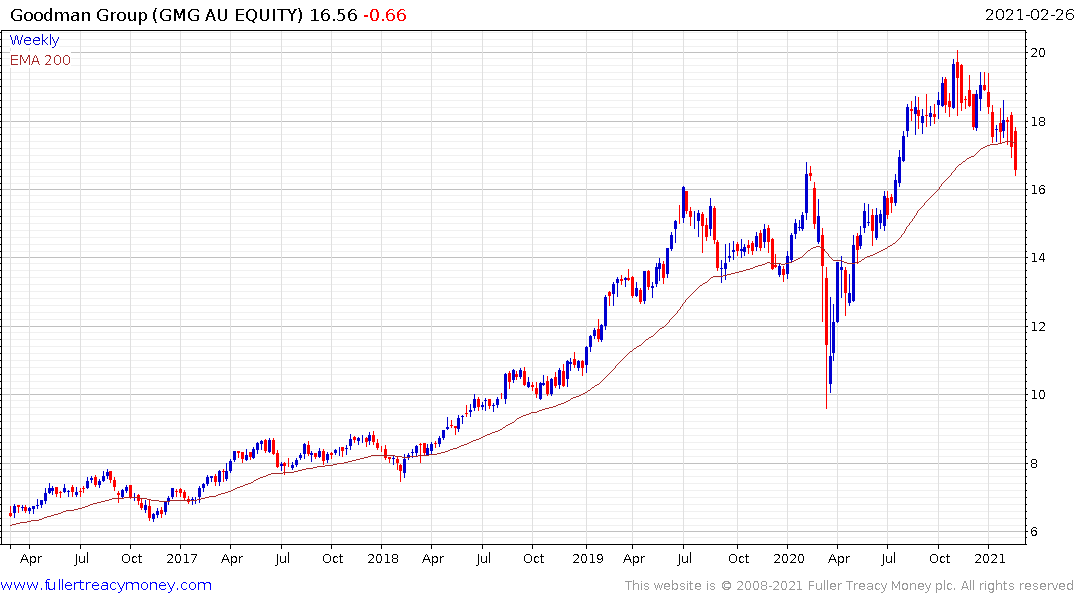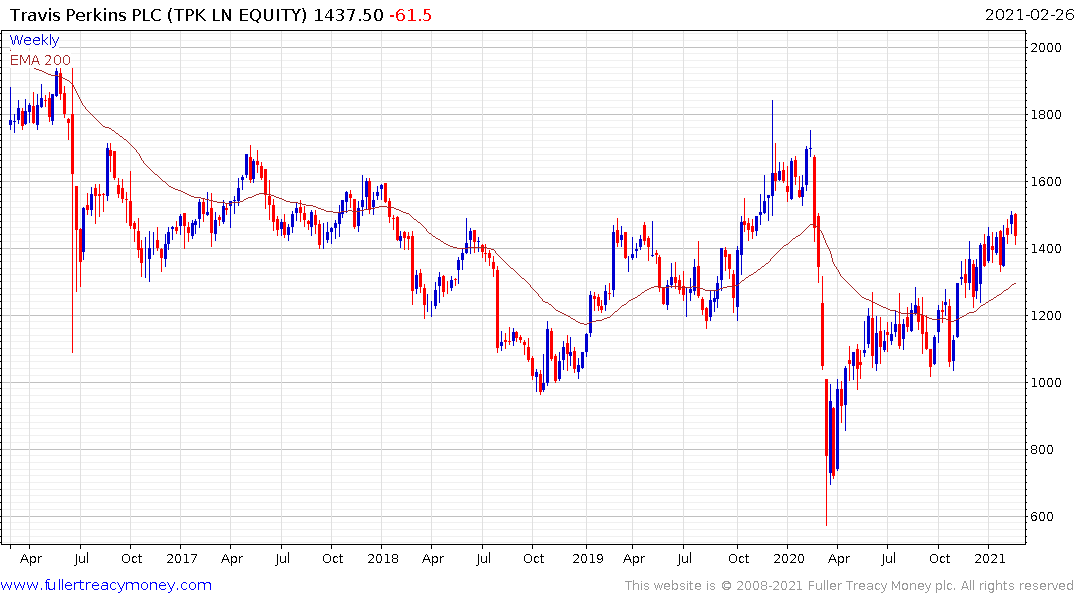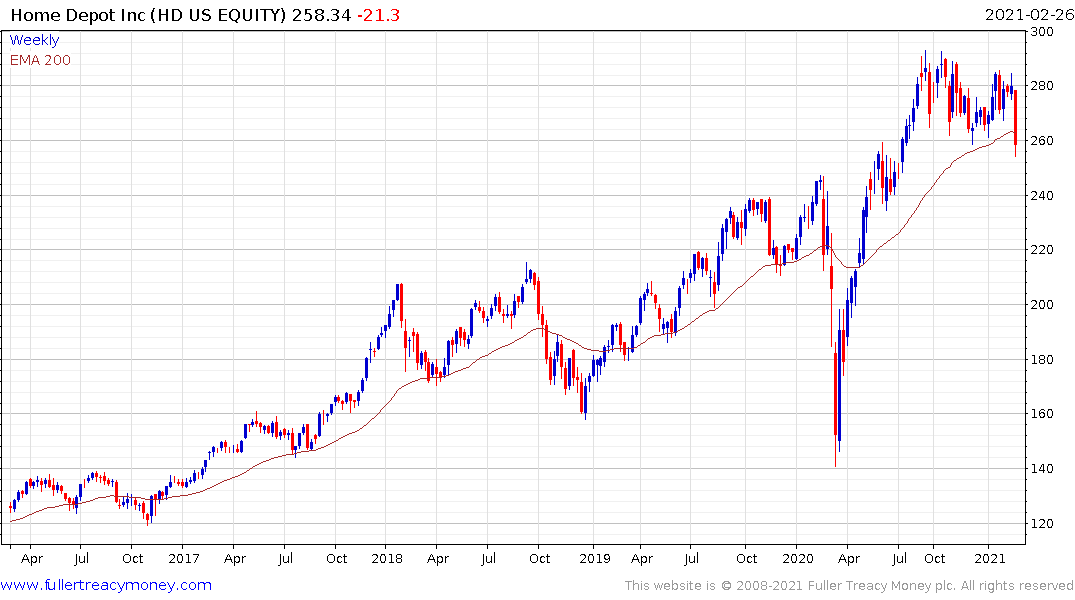Housing Booms in Australia as Prices Surge Most in 17 Year
This article from Bloomberg may be of interest to subscribers. Here is a section:
We are seeing a significant increase in demand across all price points and all suburbs,” said real estate agent Ben Collier, who handled the Paddington sale. Usually “you see different markets moving at different speeds, whereas it seems to be somewhat more uniformed right now.”
In New Zealand, where home prices soared 13% in January from a year earlier, the problem is so acute the government will now require the central bank to consider the impact on housing prices when setting interest rates, a change the bank opposed. The Reserve Bank of New Zealand is also reimposing lending restrictions on property investors in an attempt to cool the market.
Fears that Australia’s housing market would be flooded by distressed sales as people were thrown out of work by the pandemic have faded as the economy recovers faster than expected, and people resume paying their mortgages after being offered six-month loan holidays last year.
Instead, a shortage of supply is helping fuel the price boom. The number of houses advertised for sale in the first three weeks of February was down 26% from a year earlier, CoreLogic said.
“Housing inventory is around record lows for this time of the year and buyer demand is well above average,” Lawless said. “These conditions favor sellers. Buyers are likely confronting a sense of FOMO, which limits their ability to negotiate.”
This is a familiar story from all over the world. There is low supply because many people are worried about moving during a pandemic. At the same time there is increased demand because other people feel they have more cash and need to move because of personal circumstances. The combination is leading to rising prices across the board. Record low interest rates are fuelled the advance.
As the global economy picks up, supply and demand should come back into some form of equilibrium and the pace of price increases should moderate. What we are seeing is another market which has been accelerated by the pandemic. The mass migration of thirtysomethings to the suburbs and other less expensive/better quality of life cities and the delayed downsizing of elderly people has created a unique set of circumstances that is unlikely to persist indefinitely. Meanwhile there are certainly opportunities for a fresh crop of young people to move to big cities which are now trading at a discount.

Goodman Group pulled back below the 200-day MA last week. That was a warning shot for the building products sector and highlighted just how interest rate sensitive it is. The pause in government bond selling has enabled the bounce but it will need to successfully hold a move above the trend mean to confirm more than temporary support.

In the UK Travis Perkins has returned to test the region of the trend mean as it continues to pause in the region of the four-year peaks.

In the USA, Home Depot also pulled back rather sharply and will need to rebound smartly this week to question top formation completion characteristics.
This commonality in the interest rate sensitivity of building materials stocks suggests their continued outperformance is heavily reliant on the bond yield trend reversing.
Back to top

